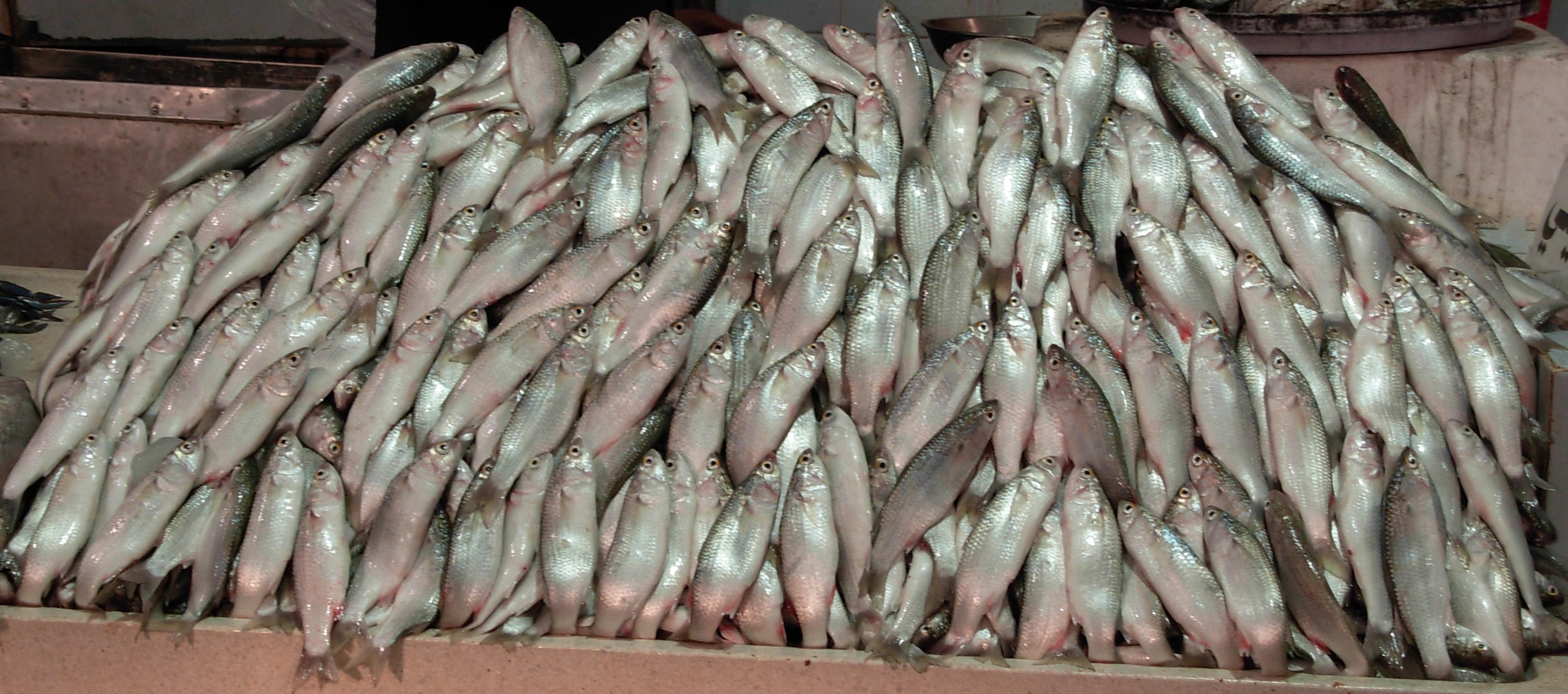Formalin-Laced Fish Seized: How To Detect This Toxic Agent & Safeguard Your Health
In a state like Kerala, where households consume fish on a daily basis, continuous ingestion of formalin might have catastrophic consequences for public health.

Formalin is a chemical agent used in mortuaries and labs to preserve dead bodies and contain their decay.
How it found its way in nearly 10,000 kg of fish that was intercepted at the border check post of Arayankavu in Kollam district of Kerala is a crisis that has opened up a Pandora’s box of health concerns and panic in one of the major fish-consuming states in India.
The state doesn’t only procure fish from its coastline and riverine systems but also from nearby states, which necessitates that interstate fish consignments remain fresh and prevent decay at all costs.
The preserving agent often used by distributors is the very same formalin—even though its harmful effects are well known—owing to its ability to maintain the shelf life of products and arrest decay, as ‘fresh-looking’ fish always has better market value.

The crisis is not just limited to Kerala, as the Kohima district administration had seized four vehicles with formalin-laced fresh fish products worth ₹10 lakh two days ago, following which a statewide notification banning such products in Nagaland was issued.
In Kerala, ‘Operation Sagar Rani’ was launched with the very objective of ensuring safety and hygiene at fish handling and distribution centres, and about 21,600 kg of fish with formalin content has been seized under the operation until now.
The reason why the chemical agent is causing such furore in the state is because, formalin is derived from formaldehyde, which is known to have carcinogenic effects on human beings. A carcinogen is a substance that causes cancer or helps it proliferate in the body.
It has been found that formalin easily contains close to 37-40 per cent formaldehyde and that if one ingests even 30 ml of a solution with about 37 per cent formalin, he or she is at high risk of cancer and even death. Even if the formalin-laced fish is cooked, the compound continues to release carcinogenic toxins in the body, of which immediate effects include abdominal pain, vomiting and unconsciousness.
In a state like Kerala, where households consume fish on a daily basis, continuous ingestion of formalin might have catastrophic consequences for public health.
You may also like: Kerala Fisherfolk Collect 25 Tonnes of Ocean Plastic, Use It for Road Surfacing!
Fortunately, it is not that hard for consumers to spot contamination in the fish that they have purchased for consumption from markets. Kochi’s Central Institute of Fisheries Technology (CIFT) had developed rapid detection kits earlier this year that can detect formaldehyde and ammonia contents in the so-called fresh fish and prevent customers from consuming toxin-laced fish products.
The kit comprises 25 paper strips, reagent solution, and standard chart for comparing results and is quite handy. All one needs to do is to take a paper strip and scrape it on the surface of fish, followed by putting a drop of the solution on the strip and waiting for two minutes to observe any colour change.
If the paper turns dark blue, then it means that the fish is contaminated and hazardous for consumption. The chart in the kit has colour indications as well so that one can get the result on the spot.
At present, a person wanting to test the fish will have to remove the strip and rub it on the fish. After that, add one drop of the solution on the paper strip and check to see if the colour changes. If it turns dark blue, then it means that the fish is contaminated. The colours are indicated on the package so that a consumer can get the result on the spot.
According to CIFT, the mass production of these kits is in the pipeline, and the authorities will invite an Expression of Interest (EoI) for the handing over the right for commercial production of the kit. They also added that these kits would cost less than ₹5.
In case you don’t find the kit, here are few steps that will help you detect if the fishes are laced with formalin yourself:
- Colour: Many buyers have the notion that red gills are directly related to the freshness of the fish. This may be true but you need to know the distinction in shades as well. If the gills are reddish-maroon, the fish is fresh, while if it is maroonish-black, the fish could have begun to decay. At the same time, if the gills are bright red, the fish might definitely be laced with formalin.
- Fins: If you find the fins or tail in a decayed or shrivelled up state while the meat appears fresh, it is advisable to avoid the lot. It is quite easy to miss the fins, but your insistence could save your life.
- Eyes: If you have ever noticed, fresh fish would always have clear eyes and those that have been dead for a while would begin to have cloudy eyes. Avoid those.
- Meat: While many people assess the freshness of the fishes by its firmness, you can confirm the presence of formalin in the fishes if they are rubbery to touch. If they are soft, that means the fishes have begun to already decay.
- Smell: Another notion that is associated with seafood is the stench, which only begins when they start to decay. If you have ever bought fish from the shore, you must have noticed that these only carry a saline scent. However, the formalin-contaminated fishes might not smell at all but the hack for that is to check if these are swarmed with flies or not. The latter will confirm your doubt.
(Edited by Gayatri Mishra)
Like this story? Or have something to share?
Write to us: [email protected]
Connect with us on Facebook and Twitter.
NEW: Click here to get positive news on WhatsApp!
This story made me
-
97
-
121
-
89
-
167
Tell Us More
We bring stories straight from the heart of India, to inspire millions and create a wave of impact. Our positive movement is growing bigger everyday, and we would love for you to join it.
Please contribute whatever you can, every little penny helps our team in bringing you more stories that support dreams and spread hope.



















